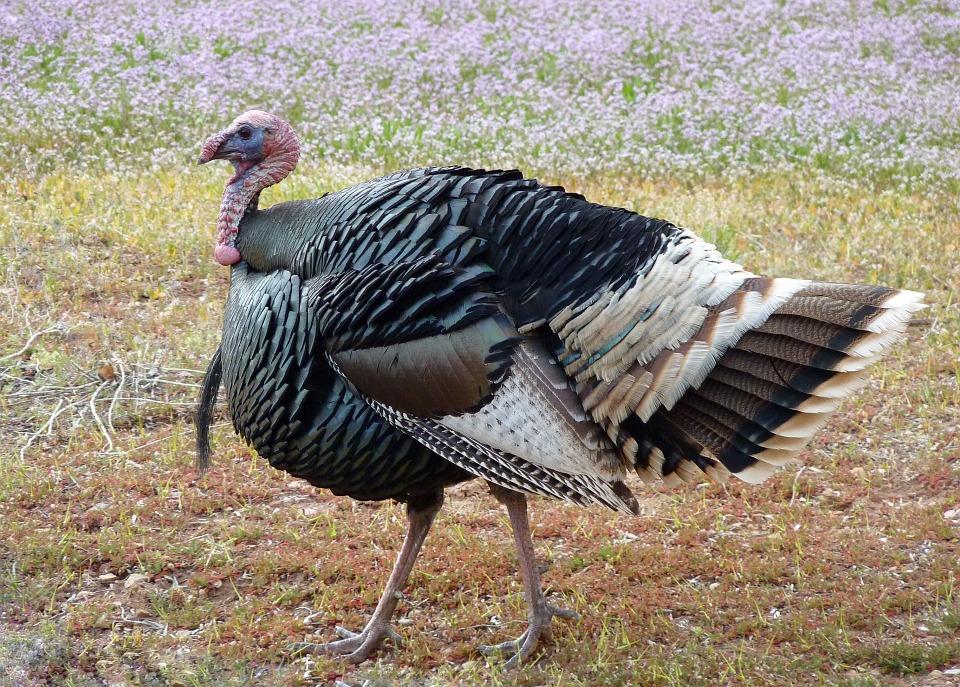LAS VEGAS—The rules package adopted Jan. 9 by the U.S. House of Representatives loosens regulations relating to the transfer of federal public lands, eliminating a required estimate of lost revenues and calculation of costs when ceding control to other governmental entities.
The provision is praised by fiscal conservatives, ranchers, lumber companies, the oil/gas industry, and by at least 10 western state legislatures that insist they can more effectively and efficiently manage public lands than the matrix of federal agencies they say are doing a poor job.





